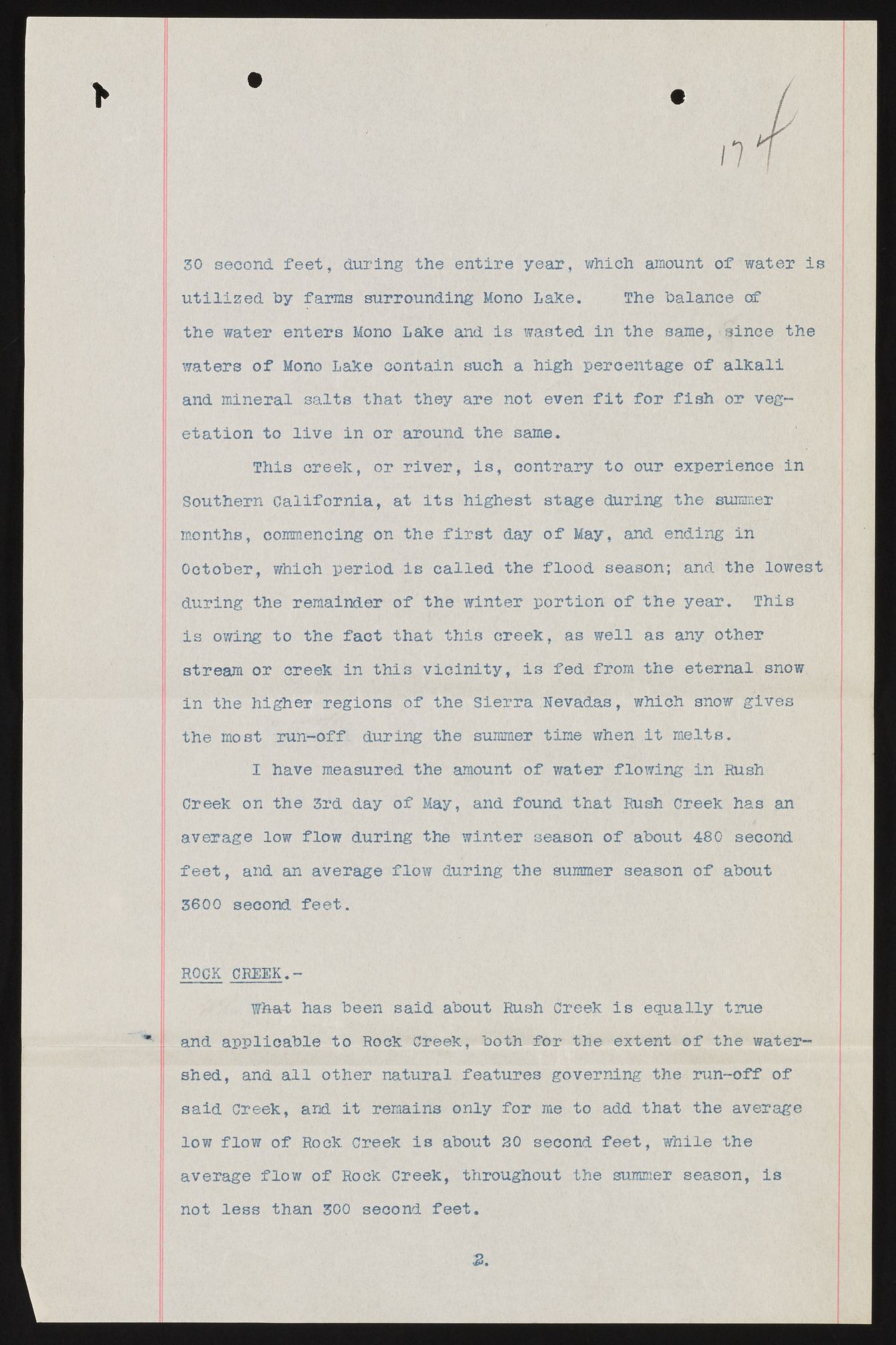Copyright & Fair-use Agreement
UNLV Special Collections provides copies of materials to facilitate private study, scholarship, or research. Material not in the public domain may be used according to fair use of copyrighted materials as defined by copyright law. Please cite us.
Please note that UNLV may not own the copyright to these materials and cannot provide permission to publish or distribute materials when UNLV is not the copyright holder. The user is solely responsible for determining the copyright status of materials and obtaining permission to use material from the copyright holder and for determining whether any permissions relating to any other rights are necessary for the intended use, and for obtaining all required permissions beyond that allowed by fair use.
Read more about our reproduction and use policy.
I agree.Information
Digital ID
Permalink
Details
Member of
More Info
Rights
Digital Provenance
Publisher
Transcription
30 second, feet, during the entire year, which amount of water is utilized hy farms surrounding Mono Lake. The "balance of the water enters Mono Lake and is wasted in the same, since the waters of Mono Lake contain such a high percentage of alkali and mineral salts that they are not even fit for fish or vegetation to live in or around the same. This creek, or river, is, contrary to our experience in Southern California, at its highest stage during the summer months, commencing on the first day of May, and ending in October, which period is called the flood season; and the lowest during the remainder of the winter portion of the year. This is owing to the fact that this creek, as well as any other stream or creek in this vicinity, is fed from the eternal snow in the higher regions of the Sierra Nevadas, which snow gives the most run-off during the summer time when it melts. I have measured the amount of water flowing in Rush Creek on the 3rd day of May, and found that Rush Creek has an average low flow during the winter season of about 480 second feet, and an average flow during the summer season of about 3600 second feet. ROCK CREEK.- What has been said about Rush Creek is equally true and applicable to Rock Creek, both for the extent of the watershed, and all other natural features governing the run-off of said Creek, and it remains only for me to add that the average low flow of Rock Creek is about 20 second feet, while the average flow of Rock Creek, throughout the summer season, is not less than 300 second feet. 2 .

